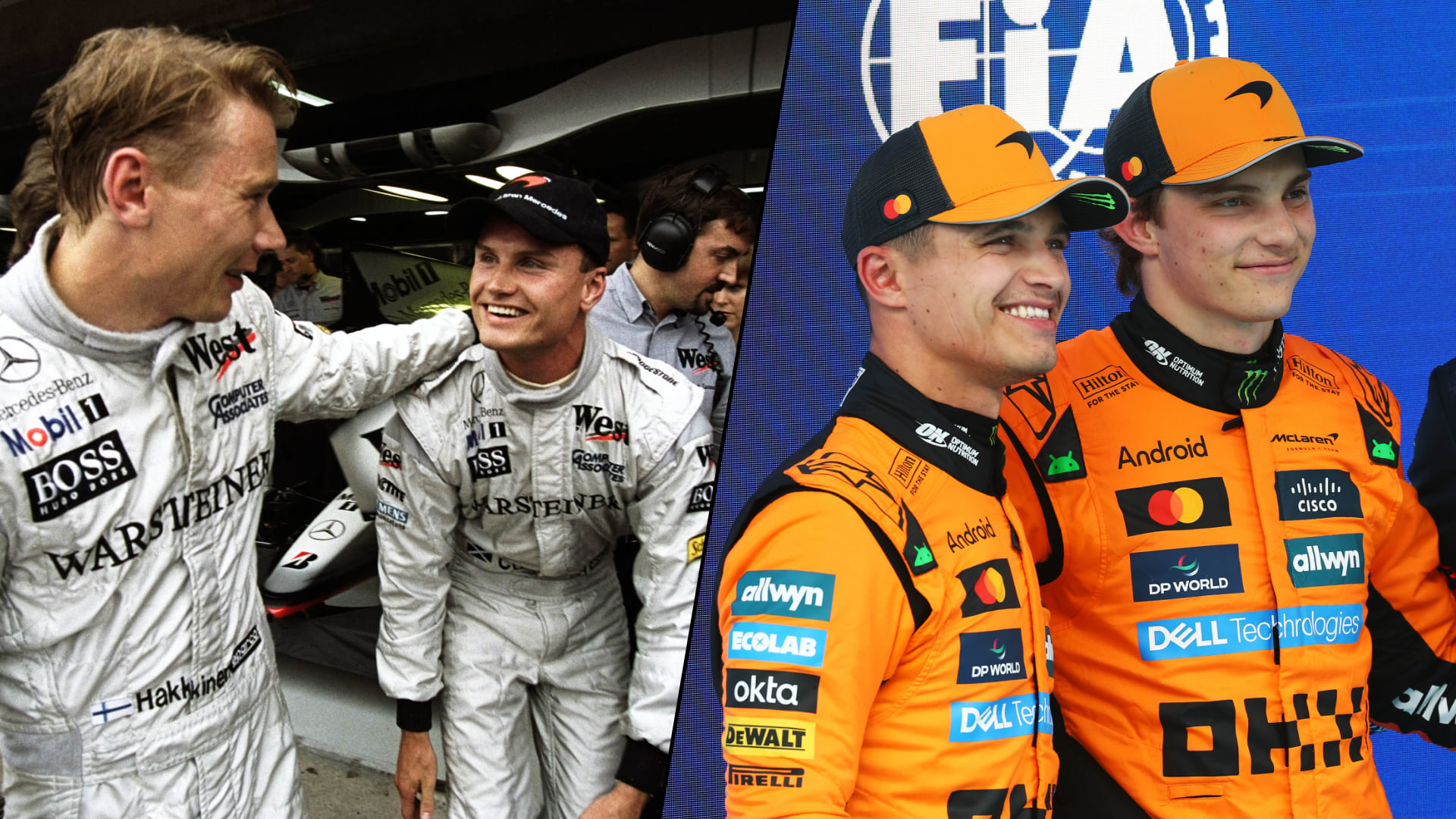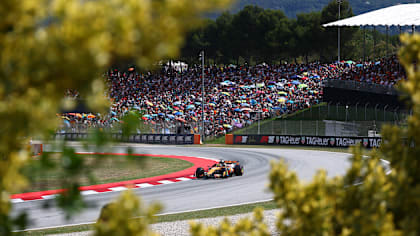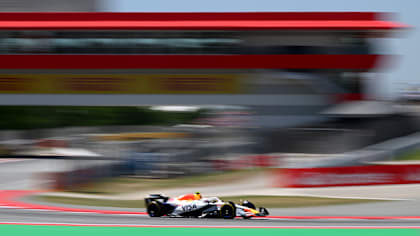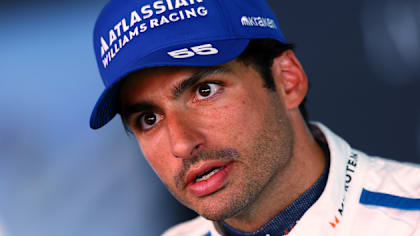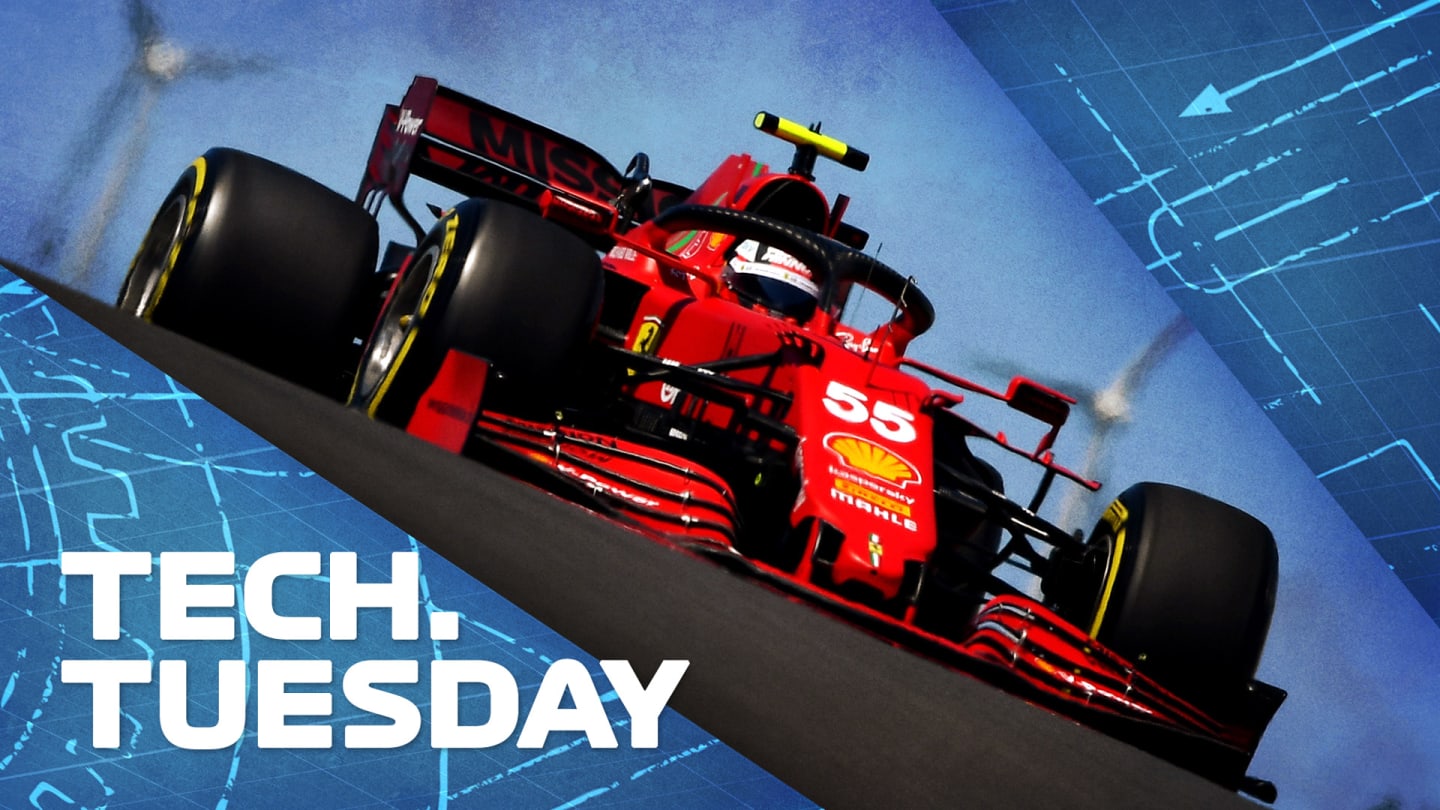
Technical
How Ferrari cleverly re-engineered their mediocre 2020 car into the much quicker SF21

Share

Mark Hughes looks at how Ferrari upgraded their 2021 Ferrari SF21 to improve it far beyond its 2020 predecessor – the SF1000 – after a Hungarian Grand Prix in which Carlos Sainz scored a podium for the team. Giorgio Piola provides technical illustrations.
Ferrari lost out on a real opportunity of being in contention for victory in Hungary, given the first corner mayhem which took a Mercedes, two Red Bulls and a McLaren out of contention and led indirectly to Lewis Hamilton falling to the back.
On a day in which Charles Leclerc was also taken out and the win was fought out between an Alpine and an Aston Martin, Ferrari could feel frustrated that their one remaining car of Carlos Sainz was bottled up behind the third-place Williams of Nicholas Latifi for much of the first stint. Were it not for that, Ferrari may have had a victory to add to their 2021 brace of pole positions, underlining their big progress since last year and the effectiveness of the SF21’s upgrade from the preceding SF1000.
More details are now known about the car than when it was launched at the beginning of the season and it’s clear just how much innovation was incorporated into the upgrade despite the homologation restrictions, which limited development from last season to this, by a token system.
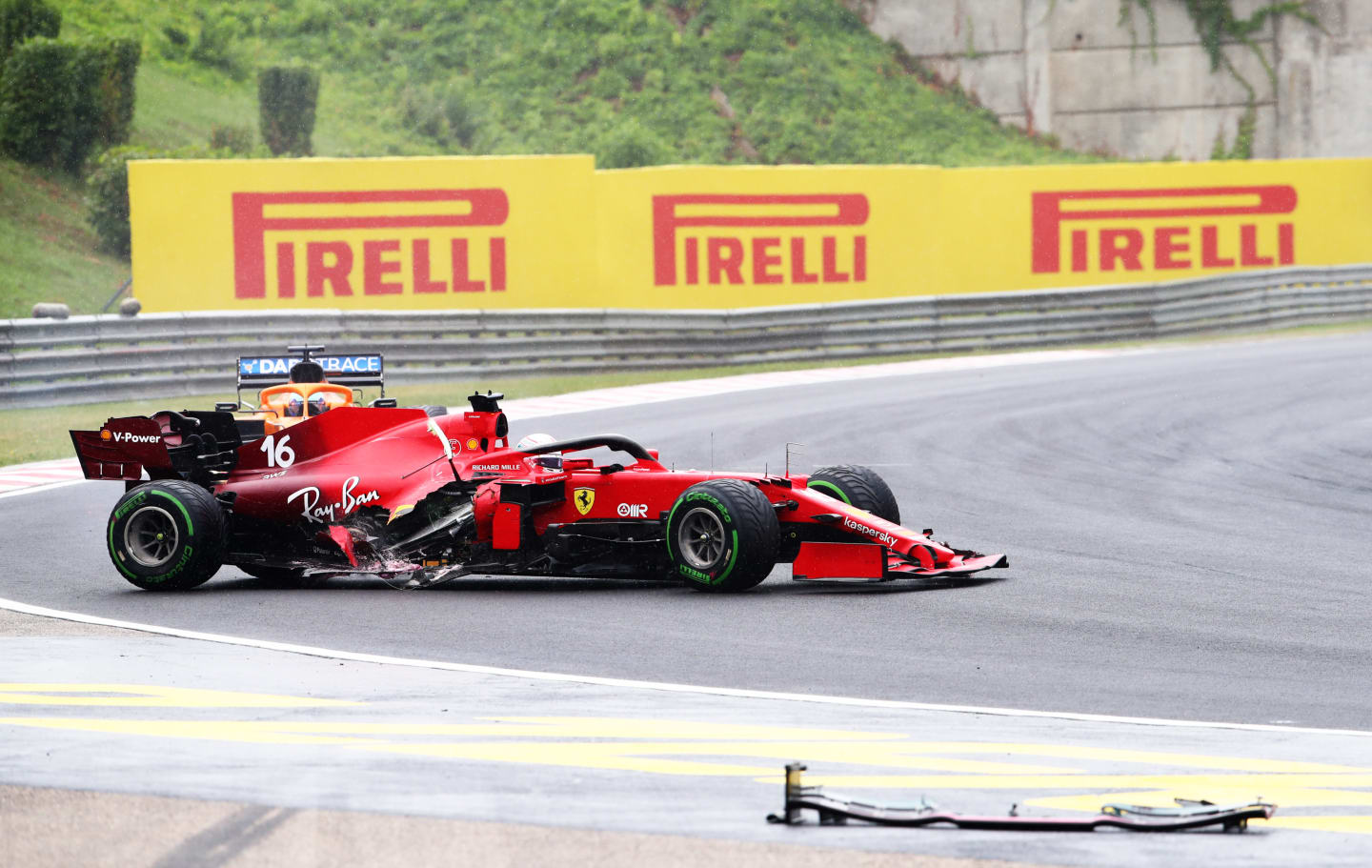
Charles Leclerc was left out of the Hungarian Grand Prix after Lap 1 contact from Lance Stroll
That token system limited the number of major changes which could be made and in the case of Ferrari effectively gave them the choice of making major structural changes at the front of the car or the rear.
Ideally they would have changed both, as their rear suspension and aerodynamics and their nose shape aerodynamics both had a lot of scope for improvement. But the token system didn’t allow for that, so Ferrari concentrated on where it felt the bigger limitation was – the rear end.
Key to this was a new gearbox casing, sweeping further back than before – and also tilted upwards. The longer casing allowed the rear suspension to be swept back in a similar way to that of the 2020 Mercedes, creating more space around the diffuser for aerodynamic exploitation.
The token system meant Ferrari couldn’t mount the suspension into the crash structure – the way Mercedes had done it – but instead they stretched the gearbox back (below) much further to achieve the same effect.
TECH TALK: A close look at the cooling solutions the teams are using to counter the heat in Hungary
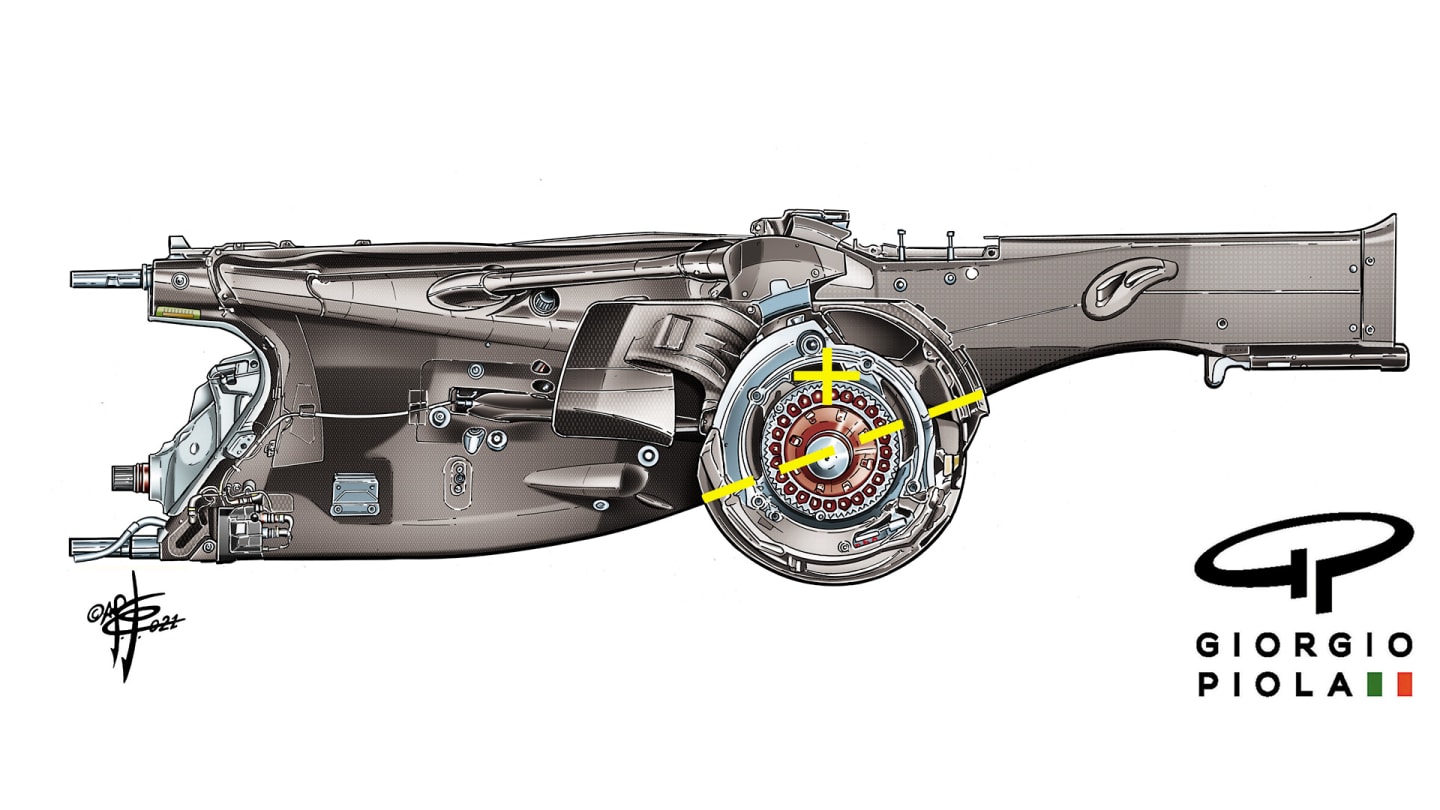
The input end of the gearbox can be seen peeking from the carbon-fibre sheath at the front. Its slight upwards tilt has allowed the floor to be raised more (yellow lines), creating more airflow volume around the diffuser. This has raised the height of the differential (yellow cross marks the driveshaft height at the diff), necessitating heavily-angled driveshafts.
Tilting the gearbox slightly upwards has moved the differential up a crucial couple of centimetres and thereby created deeper side channels in that same aerodynamically powerful area around the diffuser.
This raised differential is expected to be very much a standard feature of all the 2022 cars because of the arrangement of the powerful ground effect venturis stretching from the front of the floor. Aerodynamicists will be keen to maximise the ramp angle of those venturis and a raised differential will facilitate this, even though it does increase the centre of gravity height.
At the front, Ferrari were limited by their unfashionably wide nose. Mercedes switched to a slim nose in 2017, Red Bull making a similar switch in 2020. The slim nose allows the cape beneath the nose to begin turning the airflow towards the bargeboards much earlier. The earlier it can be turned, the less it will detach and the more accurately it can be guided towards the various vanes which accelerate the air.

The Ferrari has a unique double cape arrangement beneath the nose, the upper cape turning the air towards the bargeboards, the lower one (highlighted in yellow) helping accelerate the flow directly to the underfloor.
With the wide nose there tends to be a ‘dead zone’ beneath where the air is not being energised. Ferrari have tried to minimise this by a second smaller cape beneath the main one (above), which appears to be channelling the air directly to the underfloor with greater speed. The faster the airflow beneath the floor, the greater the downforce.
Ferrari may have been limited in how far they could re-engineer their mediocre 2020 car, but have shown great ingenuity within those limitations. Which is a positive sign for 2022, when they will bring out an all-new car for the revamped regulations coming in next year.
WATCH: Get up close and personal with a full-size version of a 2022 F1 car
YOU MIGHT ALSO LIKE
Live Blog AS IT HAPPENED: Follow the action from Spanish GP Qualifying as Piastri takes impressive pole
Live Blog AS IT HAPPENED: Follow all the action from final practice for the Spanish Grand Prix

Video HIGHLIGHTS: Catch the action from FP3 in Spain as Piastri sets the pace from Norris
News Sainz rues ‘very tricky’ Qualifying that left him in the ‘middle of nowhere’ at his home GP in Spain
